Growing vegetables in your garden requires you to regularly repeat certain activities in order to create optimal conditions for growing plants. One of them is making sure you have good quality soil. But how should you dig the soil so that it can provide your favourite vegetables with the right conditions for proper growth?
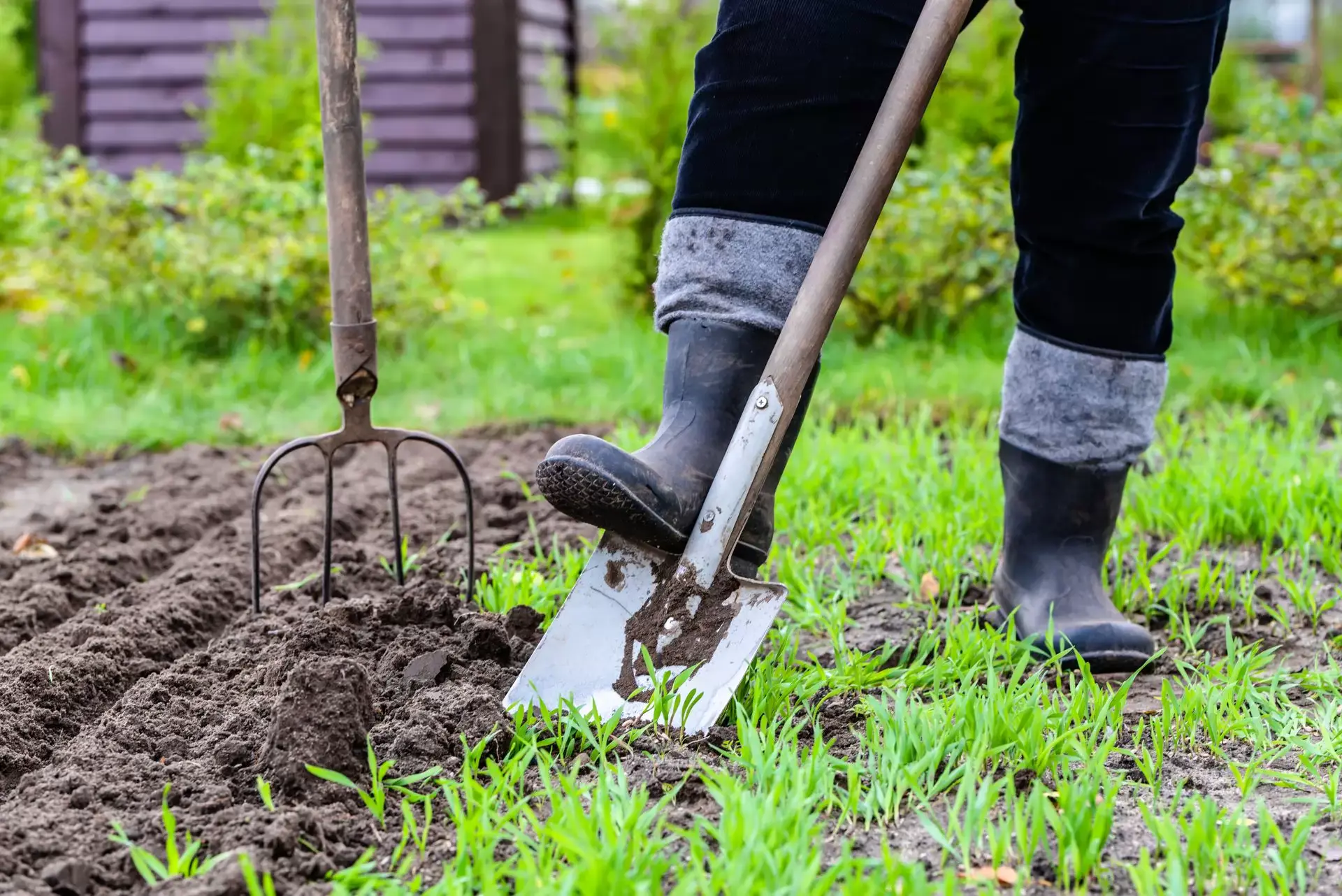
Growing vegetables in your garden requires you to regularly repeat certain activities in order to create optimal conditions for growing plants. One of them is making sure you have good quality soil. But how should you dig the soil so that it can provide your favourite vegetables with the right conditions for proper growth?
Earth test
Digging the soil in your garden has many benefits. It will improve the structure of the soil, as it reduces soil compaction and improves soil aeration. However, in order to do so, you should first evaluate its structure in order to improve it. How to prepare soil for planting vegetables?
The soil structure test is extremely simple – just take a handful of soil and see what happens. If it flows loosely through your fingers, it’s too sandy. If it clumps and does not flake off at all, it is clayey. Ideally it should be partially loose, but at the same time have a clear, but not hard, structure.
Fortunately, even if the soil structure leaves a lot to be desired, you can improve this when digging the soil. Digging the soil also brings other benefits – it lets you fertilise it effectively, get rid of unwanted weeds, and bring pests to the surface.
When should you dig the soil in your garden?
You should dig the soil twice a year – before any seeds or vegetable seedlings are planted and after harvesting in the autumn. You should do it both in spring and autumn if you have heavy and clay soil, because digging the soil then also has a beneficial effect on the development of plants. If, on the other hand, the soil is lighter, you can do it less often or not at all.
Digging in the spring, in addition to loosening the soil, is also intended to get rid of unwanted weeds and stones that are in the ground. Autumn digging is more about exposing the larvae of pests before winter, so that when they are extracted closer to the ground they either freeze or get hunted by birds.
How to dig the soil in your garden
How should you dig the soil? You should start off by cleaning the soil of plants and stones, and then dig a spade to approx. one spades depth. The dug up soil should be turned over and left with a rough surface. Repeating the process in the spring will help get rid of weed remains. During the second digging you should also rake the soil and prepare it for sowing seeds.
Necessary tools for digging the soil
Are you wondering how to quickly dig the soil and which gardening tools you will need to do so? You can do all the work with basic tools, such as a spade for digging up the soil, a wide-toothed fork for removing weeds and their roots, and a rake for levelling the ground. However, if you want to save time and energy, you could use a rotary tiller, which will let you finish the job in no time.
How to dig the soil with manure and other fertilisers?
How to dig the soil and additionally enrich it with nutrients necessary for healthy plant growth? Adding natural fertilisers to the soil you are digging, in the form of compost or manure, is always a great idea. Compost can be successfully used both in autumn and spring, but manure should only be used during the autumn digging. It is an exceptionally strong fertiliser, so it could damage young plants.
Organic fertiliser is especially important for light, sandy soils, as it enriches the soil with humus, and not only provides more nutrients, but also contributes to the plasticity of the soil. This will improve the retention of essential water in the soil and create an optimal soil structure.
How to dig the soil with manure or compost? The fertiliser should be spread on the soil, and then everything should be thoroughly mixed. It is important not to leave organic nutrients on the surface, because the mineral compounds will start to oxidise and the fertiliser will quickly lose its valuable properties.
How to dig the soil in your garden – summary
Digging the soil in your garden will bring tangible benefits if you grow plants, especially if you additionally enrich the soil with the necessary nutrients contained in organic fertilisers. However, you need to choose the right frequency of digging the soil, bearing in mind not only the type of soil and its abundance, but also what vegetables you want to choose for the garden – and remember that root vegetables, for example, effectively loosen the soil themselves. Nevertheless, by following these simple steps you can increase your yield and provide your plants with very good conditions for growth.

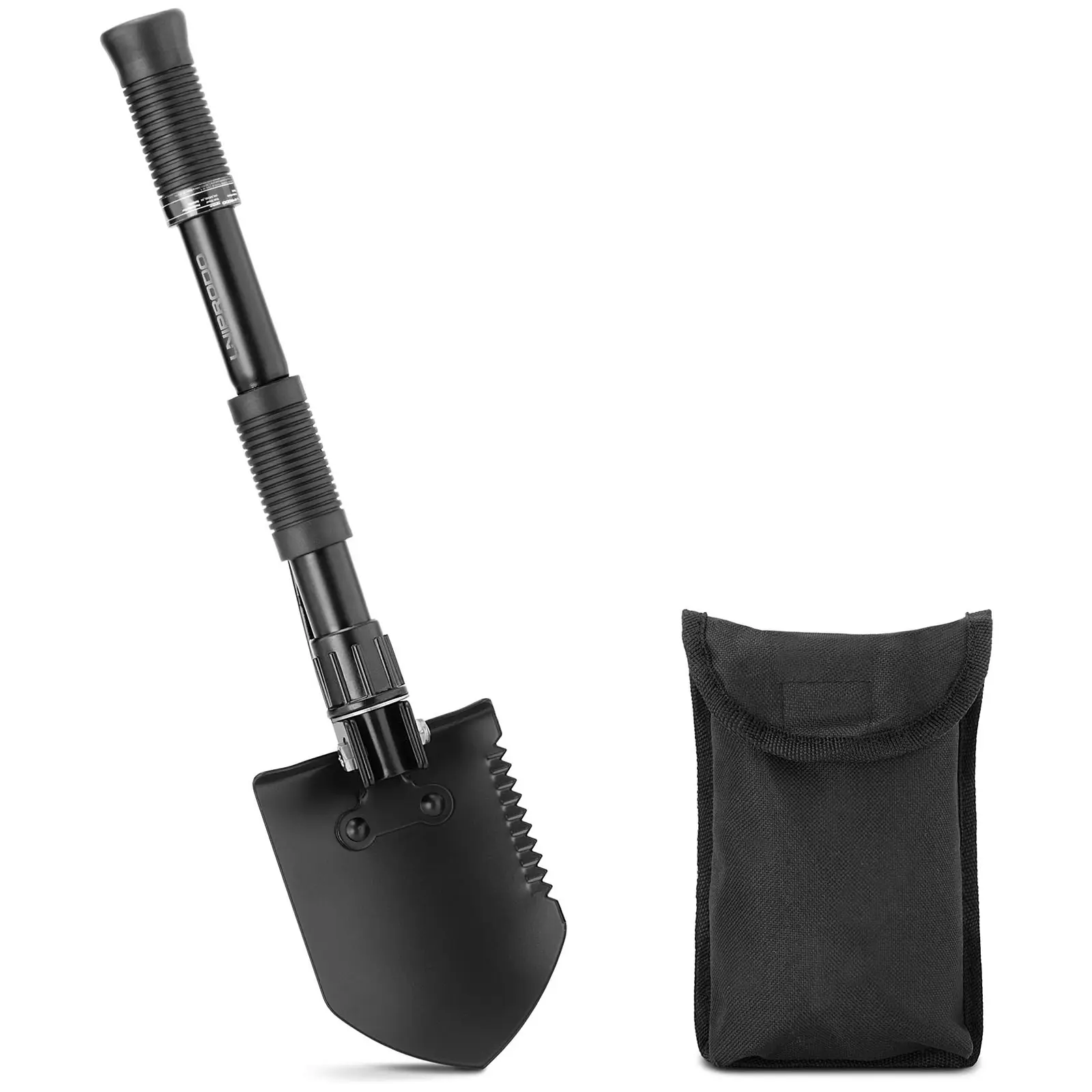
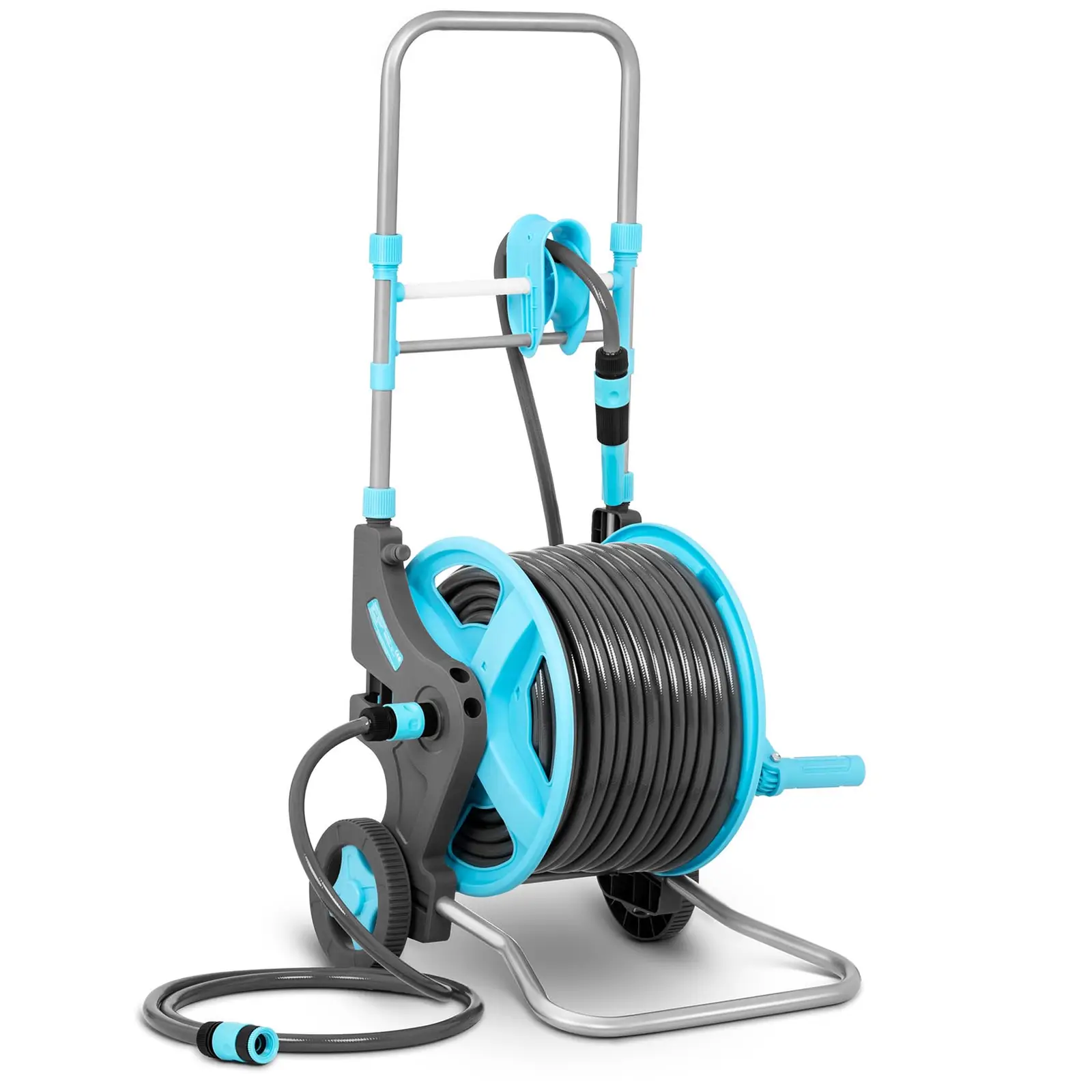
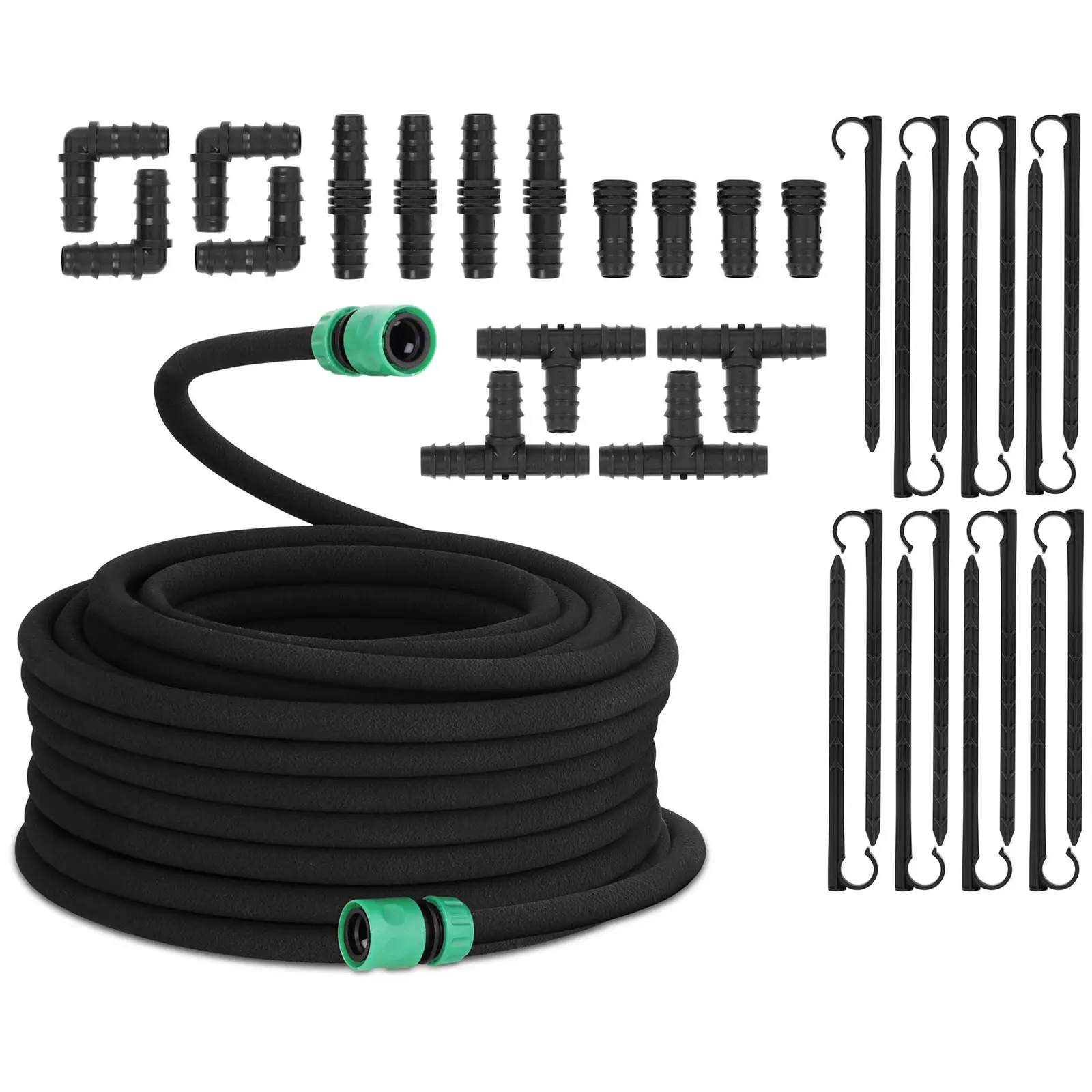
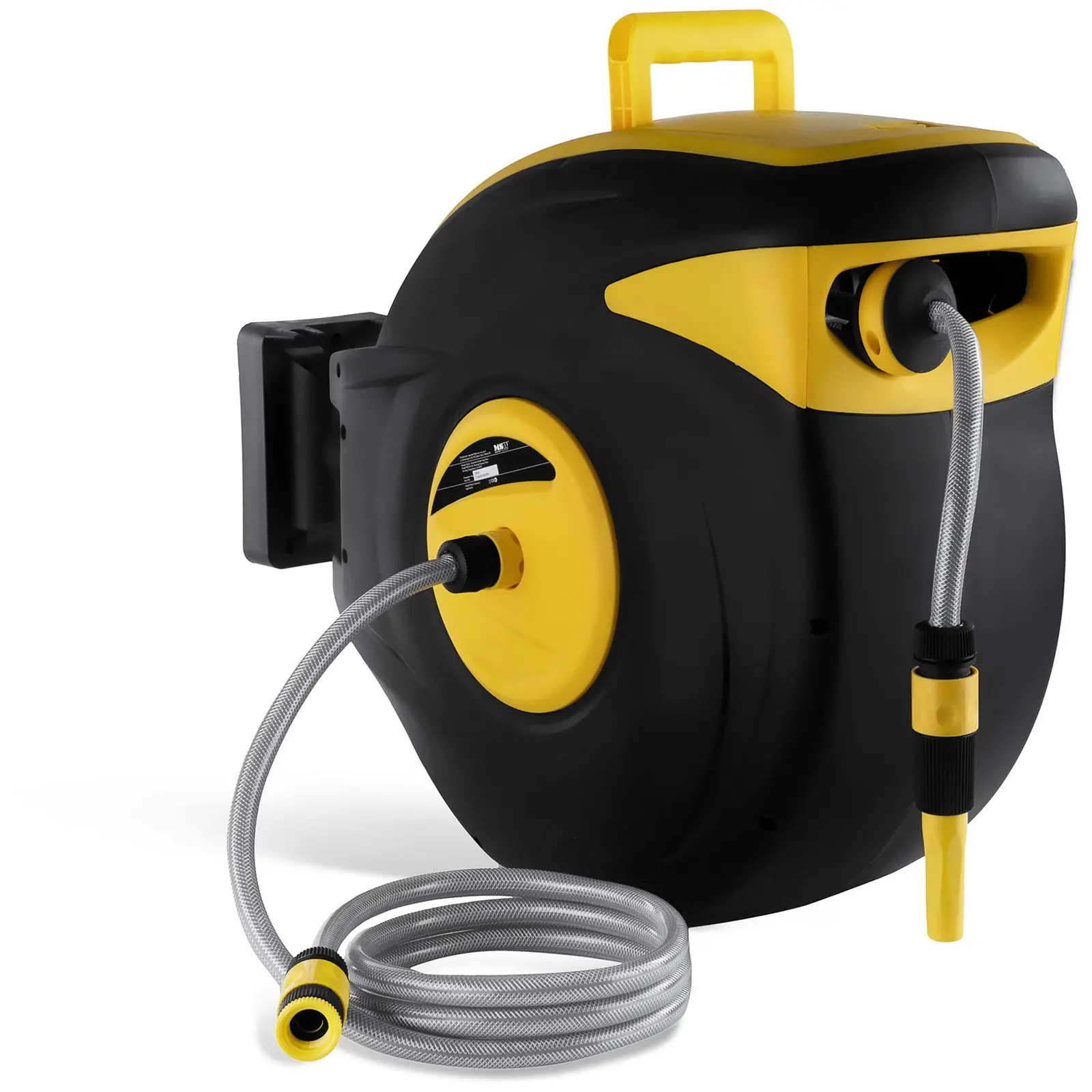





Share